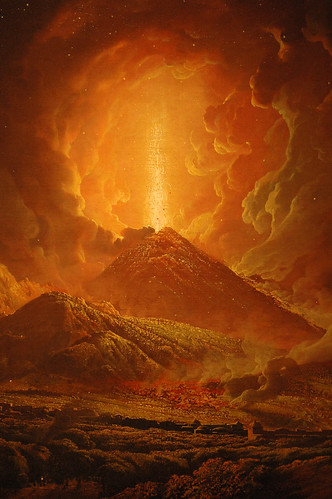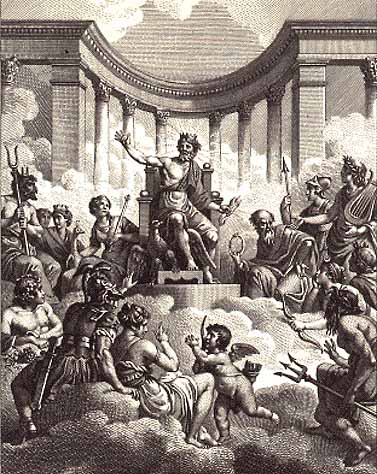Medieval art within the western world expanded over a wide horizon of both time and place, covering about 1000 years, causing it to have a significant impact on the art within Europe. It was comprised of several major art movements, wherein important styles of art and artists emerged. Some of these styles of artwork include early Christian art, Byzantine art, and Romanesque art, each of which contained major artists who made a name for themselves that has remained famous throughout the centuries.
 A second style of art that was particularly popular during the medieval period was Byzantine art, which emerged after the division that occurred within the Roman Empire. "It emerged around the year 500, and expressed that it was a very conservative style of artwork as it was done according to the tradition of Greek realism."(Sekules 128) As a result, monumental structures were a prominent method of expressing art throughout the Byzantine Empire. In addition to this, many of the artwork that was produced of the finest quality was created by the Byzantines, as the central city of production was Constantinople. Above all, the Byzantines crowing accomplishment within art were the monumental mosaics and frescos, which were located on the domes of churches. However most of these were destroyed due to natural disasters that occurred.
A second style of art that was particularly popular during the medieval period was Byzantine art, which emerged after the division that occurred within the Roman Empire. "It emerged around the year 500, and expressed that it was a very conservative style of artwork as it was done according to the tradition of Greek realism."(Sekules 128) As a result, monumental structures were a prominent method of expressing art throughout the Byzantine Empire. In addition to this, many of the artwork that was produced of the finest quality was created by the Byzantines, as the central city of production was Constantinople. Above all, the Byzantines crowing accomplishment within art were the monumental mosaics and frescos, which were located on the domes of churches. However most of these were destroyed due to natural disasters that occurred. A third popular method of approaching art was known as the Romanesque period, which lasted from 1000 to the start of Gothic art in the twelfth century. It originally developed as a result of monasticism in Western Europe, having its start in France. It eventually spread to Christian England, Spain, Germany, Italy, and Flanders, becoming the first medieval style to be widely spread throughout Europe. It was mainly expressed through figurative sculptures that were colorfully painted, which provided an important component to large churches. They were commonly placed in the capitals of the columns that surrounded the magnificent churches, as well as around remarkable portals, that were centered above doors. They best representation of these are found at the Vezelay Abbey and the Autun Cathedral, which express how important this style of art was in creating these buildings.
A third popular method of approaching art was known as the Romanesque period, which lasted from 1000 to the start of Gothic art in the twelfth century. It originally developed as a result of monasticism in Western Europe, having its start in France. It eventually spread to Christian England, Spain, Germany, Italy, and Flanders, becoming the first medieval style to be widely spread throughout Europe. It was mainly expressed through figurative sculptures that were colorfully painted, which provided an important component to large churches. They were commonly placed in the capitals of the columns that surrounded the magnificent churches, as well as around remarkable portals, that were centered above doors. They best representation of these are found at the Vezelay Abbey and the Autun Cathedral, which express how important this style of art was in creating these buildings.In conclusion, the various types of art that was prominent during the medieval period not only had an impact when first emerging, but a lasting impression that would have a very influential impact in the centuries to follow. Even up to our modern day society we are still recreating the various artistic styles that first originated from early Christian, Byzantine, and Roman ideas that were displayed in magnificent ways. It was an outstanding depiction of detailed craftsmanship that was truly inspiring for several artists that would emerge in future generations.
Sekules, Veronica. Medival Art. Oxford University Press: New York, 2001.
Stokstad, Marilyn. Medival Art: Second Edition. Westview Press: United States, 2004.





